Can you name #5WomenArtists?
Since 2016, the National Museum of Women in the Arts has spread this hashtag as a part of its social media campaign to draw attention to gender inequities in the art world. In a 2019 survey of the permanent collections of 18 large art museums in the U.S., 87% of the over 10,000 featured artists are male, and 85% are white.
From hotel lobbies to library multipurpose rooms, Athens, Georgia is home to a range of art spaces. What does gender parity look like in these spaces, and what kinds of conversations are the people in charge having about the art within them?
Grady Newsource took a look at how gender is addressed in three local art spaces.
Why It’s Newsworthy: Gender imparity impacts the value of women-made cultural products: According to artnet’s annual art world intelligence report, all of the most expensive works of art sold at auction in the last 30 years have been created by male artists. In Athens, there are many spaces that feature works of art, and with the proximity of the Lamar Dodd School of Art, many people in the area are pursuing careers in the field. These systemic patterns may impact these institutions and people.
1. The Georgia Museum of Art
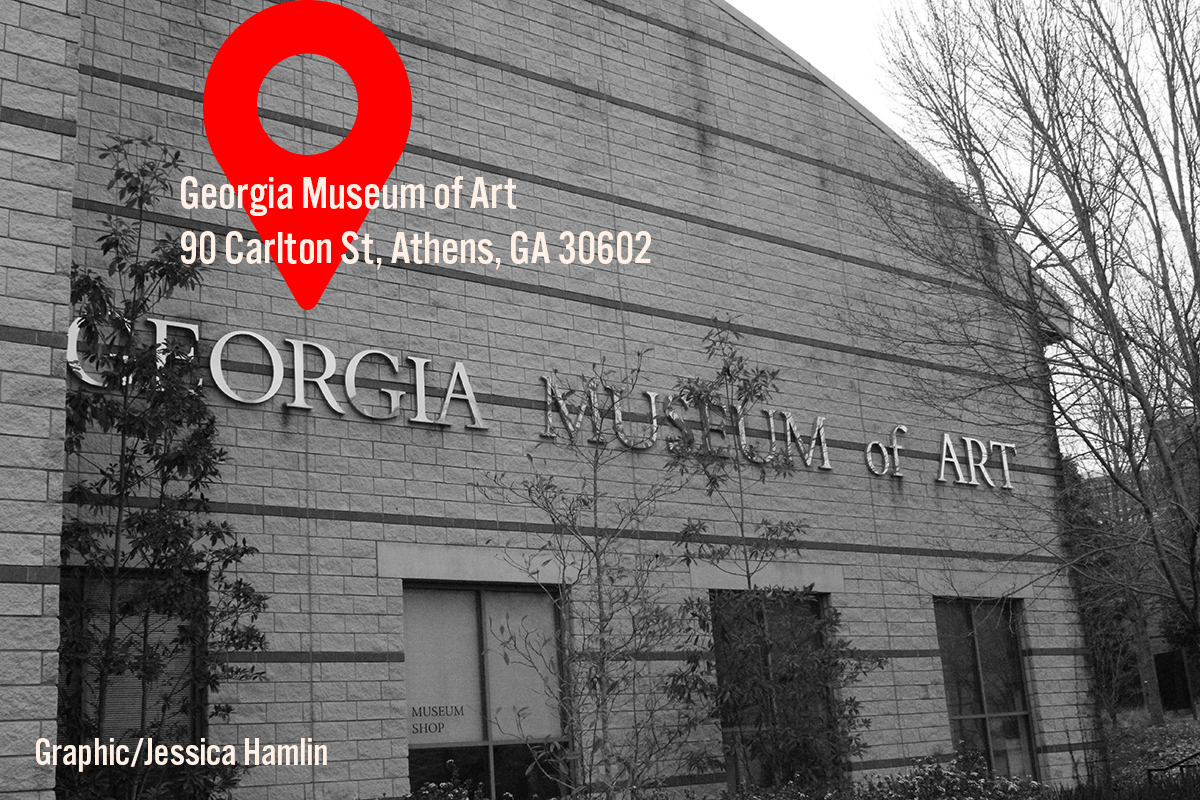
Located on the University of Georgia’s campus, the Georgia Museum of Art functions as an on-campus art museum and academic space.
“I do think this museum had a relatively inclusive beginning,” said Hillary Brown, the communications director at GMOA. “Not so much in terms of our founder and first director [Alfred Heber Holbrook] acquiring works by women. The original 100 paintings he gave had relatively few works by women in it. But he was interested in acquiring works by artists of color.”
Holbrook’s influence on the collection persists today. In terms of acquiring works of art for the galleries today, Brown said, the museum places an emphasis on acquiring work by women. However, because of the museum’s limited budget for purchasing works of art, the majority of works are gifts.
“It’s a little bit harder to set goals for what you’re going to acquire when it’s dependent to some extent on chance and what people decide they want to give you,” Brown said.
Although the museum cannot always control the gender ratios of works, its staff specifically curates certain spaces in order to emphasize works by women. For instance, the sculpture garden, an outdoor space located on the first floor of the museum, is a space dedicated entirely to women artists. Both the permanent and temporary exhibitions held there only feature work made by women.
[Click on upper left-hand corner of this photo to listen to Brown describe two of the museum’s most prominent pieces made by women.]
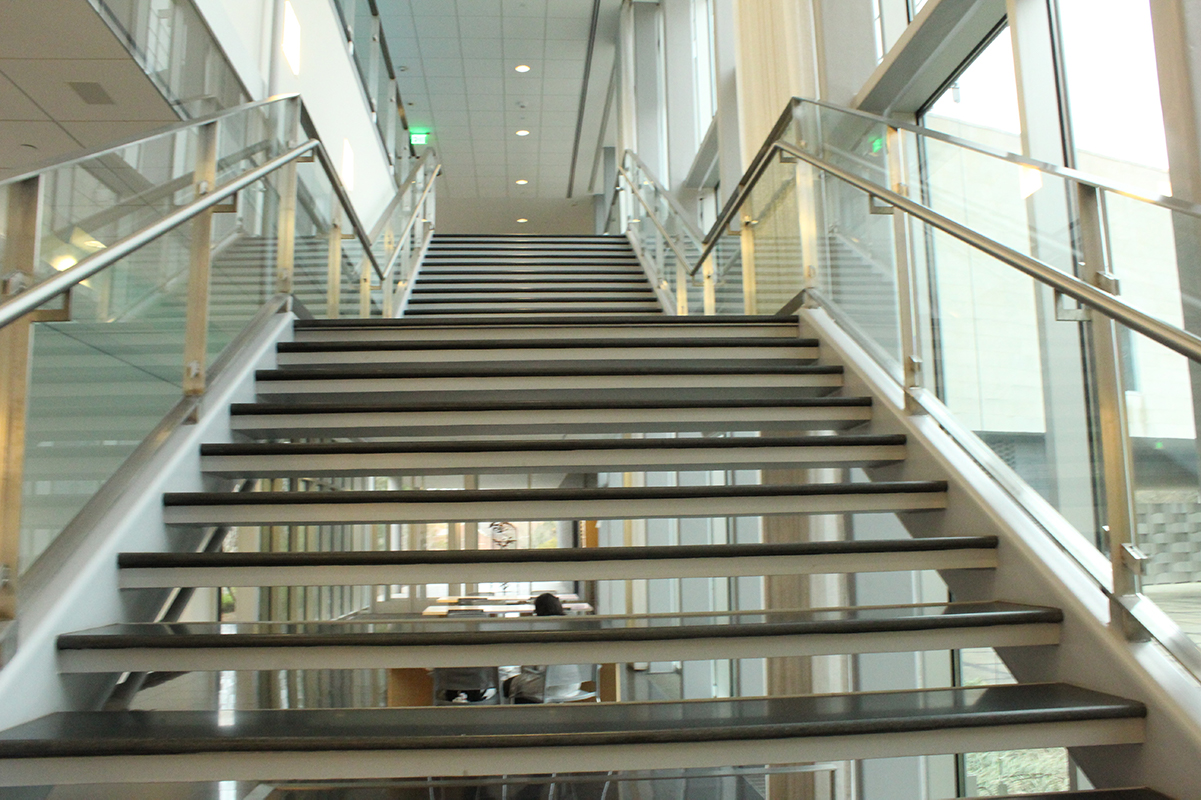
The museum’s permanent collection is organized chronologically. If you follow the intended timeline, you begin in the 15th century and end in the more contemporary, temporary installations. But in the permanent collection, pre-1900 historical context gets in the way of woman-made art, Brown said.
“If you look at our collection from about 1900 on, it’s pretty well-balanced, and some of our most important paintings are by women artists,” Brown said. “Pre-1900, the decks were stacked against them frankly.”
[Click on the upper left-hand corner of the photo to listen to Jeffrey Richmond-Moll, curator of American Art at GMOA, offer a brief history of gender inequality in art education.]
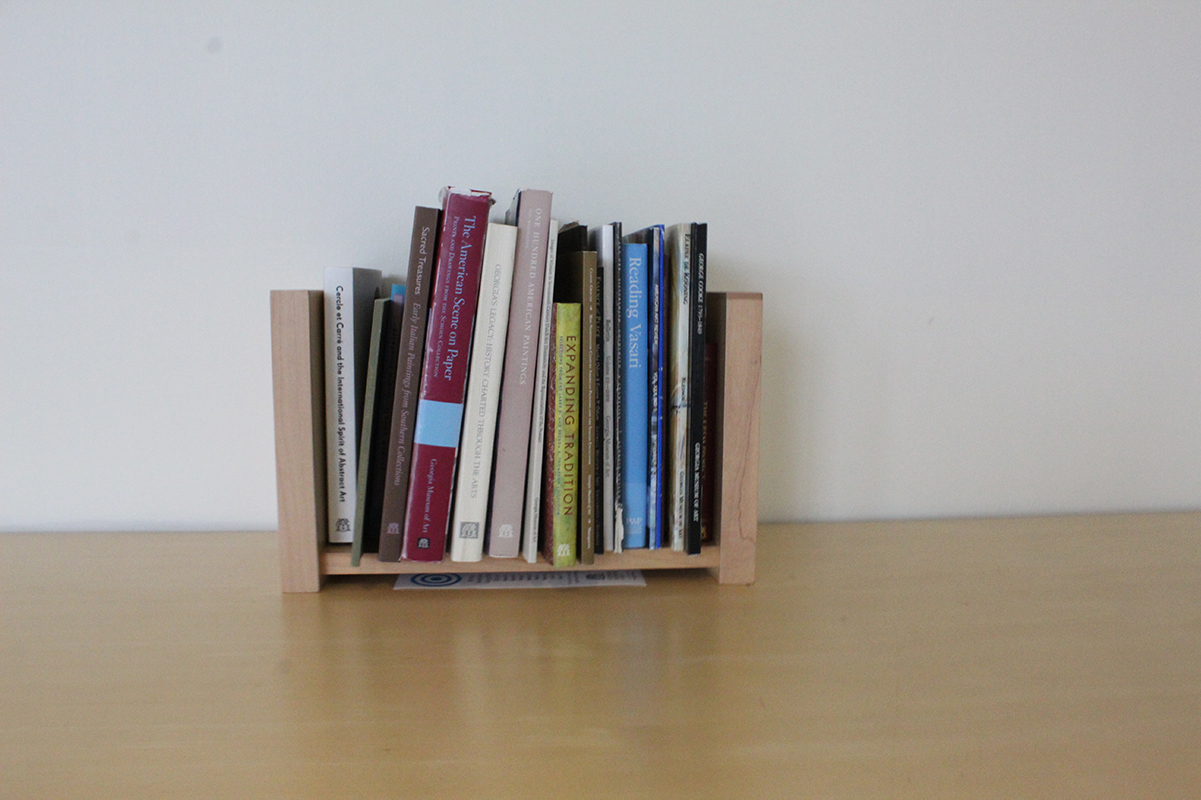
“The Georgia Museum of Art has been historically committed to acquiring works by women artists,” said Jeffrey Richmond-Moll, curator of American Art at GMOA.
Richmond-Moll, who came to the museum in August of 2019, said he is currently working on an exhibition for December. This exhibit will showcase the work of artists from the magical realism movement, an art movement from the 1940s and 1950s that combined elements of dream-centered surrealism with realism and functioned as a reaction against modernism.
Historically, the magical realist exhibitions featured few women artists, but with his upcoming exhibition, Richmond-Moll said he is committed to featuring a strong female presence. For him, the curatorial challenge doesn’t lie in featuring the work of women artists, but in finding them.
“If there is a challenge, it’s discovering and highlighting artists who may not have had much fanfare,” Richmond-Moll said. “If you’re to discover an artist and they don’t have strong gallery representation, then it can be hard for them to get their name and their work out.”
According to an analysis of museum acquisitions from 2008 to 2018 by artnet, 11% of all acquisitions and 14% of exhibitions at 26 prominent American museums were of work by female artists. Racial and ethnic diversity in galleries and museums is also a problem in the art world, Richmond-Moll said.
“It’s our responsibility as curators to address those many different imbalances,” Richmond-Moll said.
In art institutions, gender inequities transcend from gallery to office. In 2018, 61% of professional art museum employees were women, yet there’s still a lack of diversity amongst people in leadership positions, according to the 2018 Art Museum Staff Demographic Survey . At GMOA, Brown said the majority of the staff and interns are women, but the director is a man.
Brown said she attributes the female presence partly to the overwhelmingly-female student population at the neighboring Lamar Dodd School of Art.
[Click on the upper left-hand corner of this image to listen to Brown breakdown the gender distribution of GMOA’s staff.]
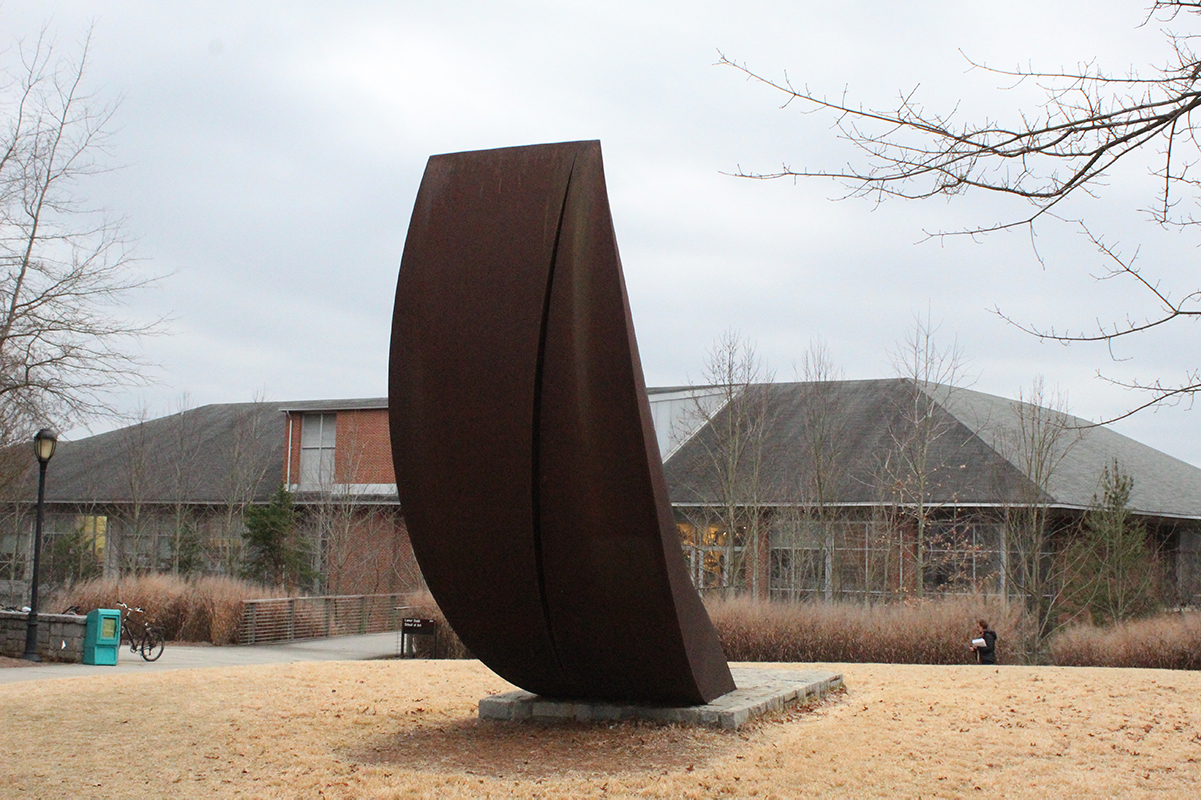
2. The Lamar Dodd School of Art
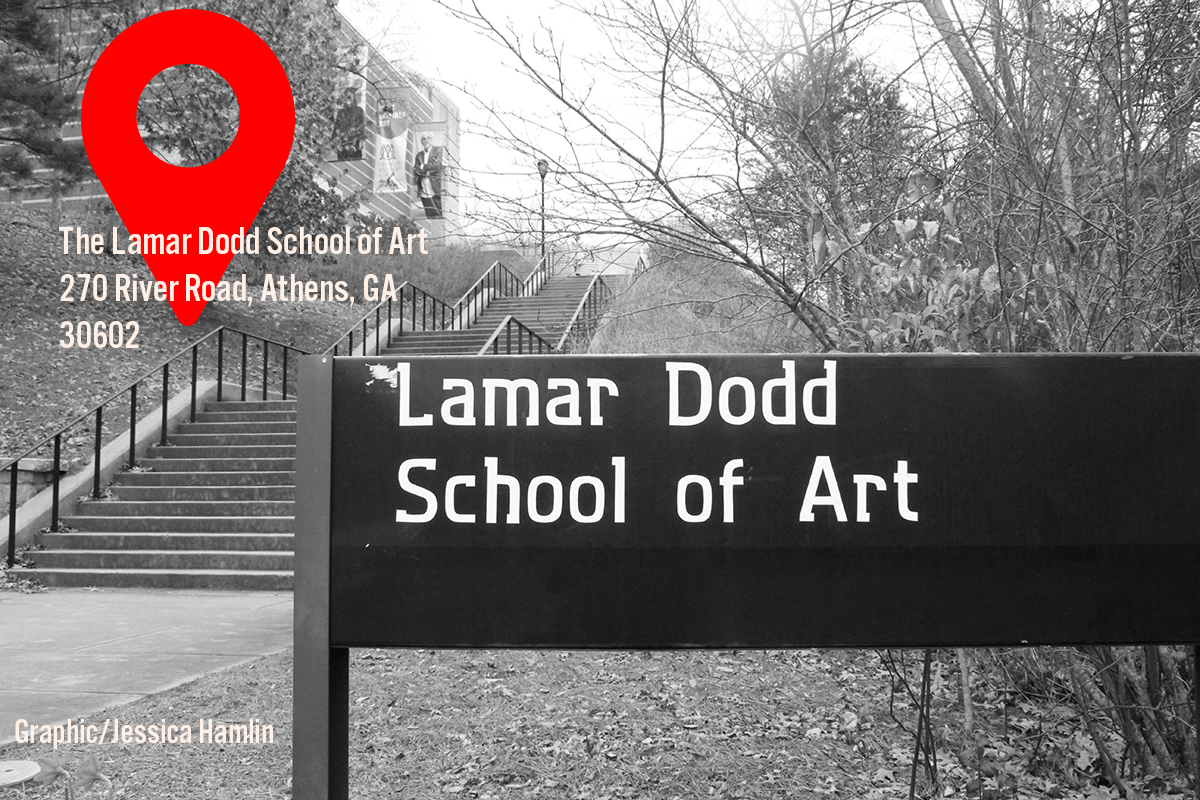
A short walk from GMOA, the Lamar Dodd School of Art is UGA’s art school. Katie Geha, the director of the Lamar Dodd School of Art Galleries, curates exhibitions for the school’s five gallery spaces. In the art world, Geha said, visual representations of inequities and biases are apparent in the curatorial choices of an art space.
“For my teaching and also for my exhibition-making, it’s [about] making people aware,” Geha said. “The most important thing is to be aware of the [curatorial] choices that were made.”
Listen to the full interview and photo slideshow here.
3. Athens Institute for Contemporary Art (ATHICA)
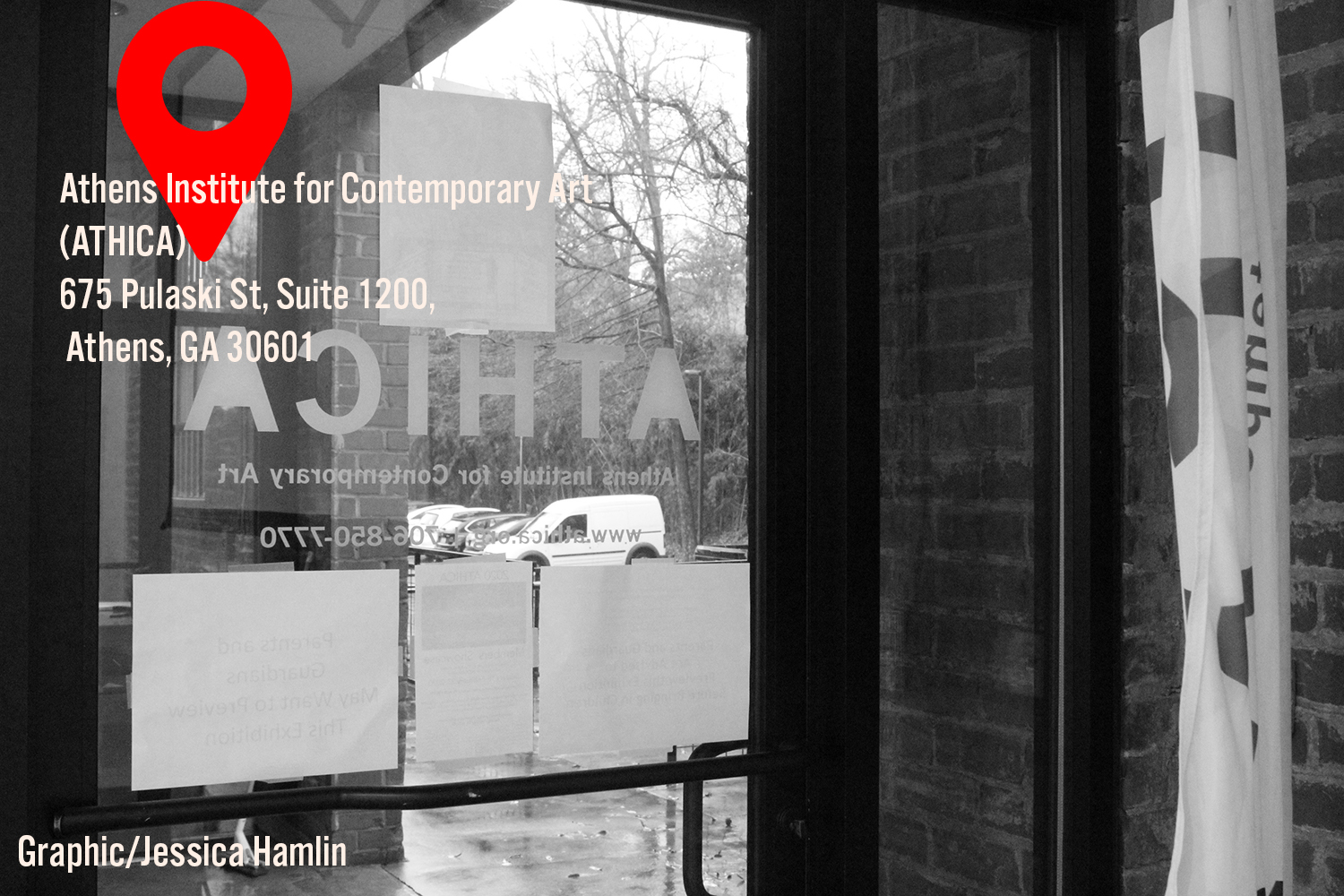
Outside of the parameters of the UGA campus, the Athens Institute for Contemporary Art (ATHICA) serves as a space for local, contemporary artists to show and share their work. The gallery, one long hallway lined with artwork, opens into a square room that serves as an exhibition space.
“ATHICA is probably not representative of the institutions where we see entrenched patterns of bias and preference, because there’s no money involved here,” said Lauren Fancher, director of ATHICA.
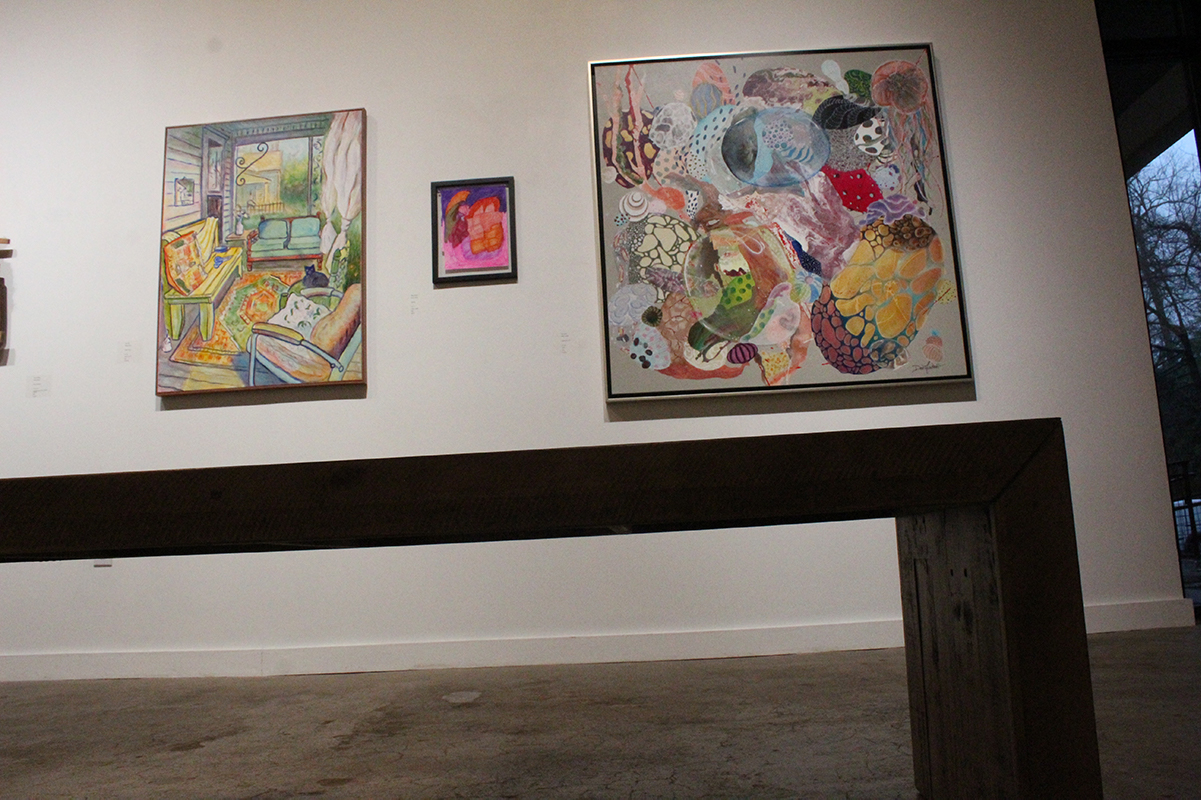
Because ATHICA is not a collecting institution like a museum, Fancher said, the space’s nonprofit, volunteer-based business model allows for its influx of art to be representative of the spectrum of genders of the artists in the community. Fancher said the sense of community in Athens and the lack of a large marketplace for art allows for more opportunities to be embraced by the community.
“It’s not a huge community, but we’re glad to have it,” said Fancher. “People who live in big cities may not have the same warmth.”
Fancher said, in general, it’s difficult to distinguish the gender bias in the art world from that which exists in the world at large. Fancher is an artist herself and said she has experienced gender-based discrimination throughout her lifetime.
“Discrimination on the basis of gender is baked into our world,” Fancher said. “It’s constant. But it doesn’t mean that I don’t get a seat at the table at all, because I’m a relatively privileged white person.”
In the three explored spaces, processes may vary but there remains a general awareness of each institution’s position within the larger systemic pattern of gender inequality.
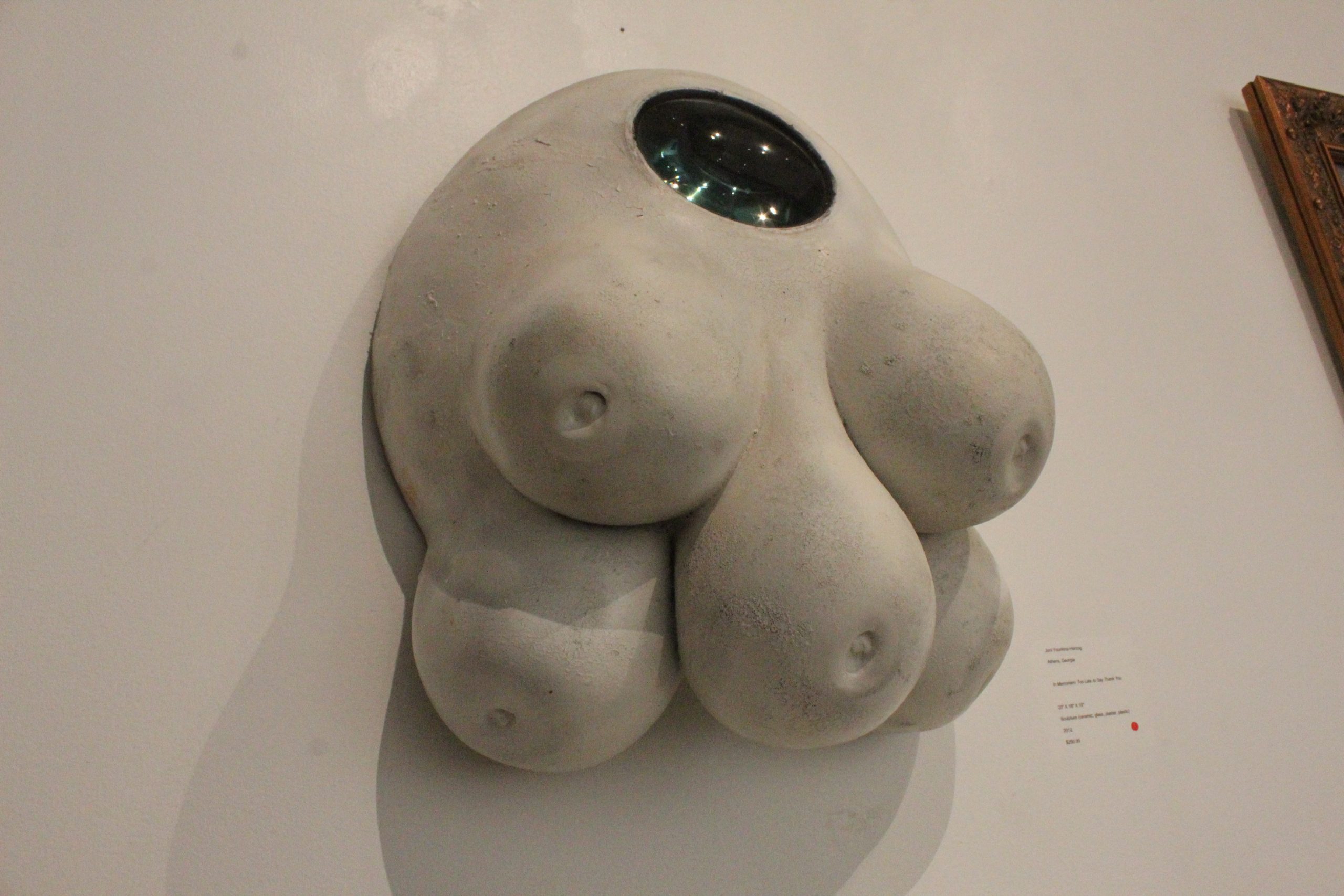
Jessica Hamlin is a senior majoring in English and journalism in the Grady College of Journalism and Mass Communication at the University of Georgia.


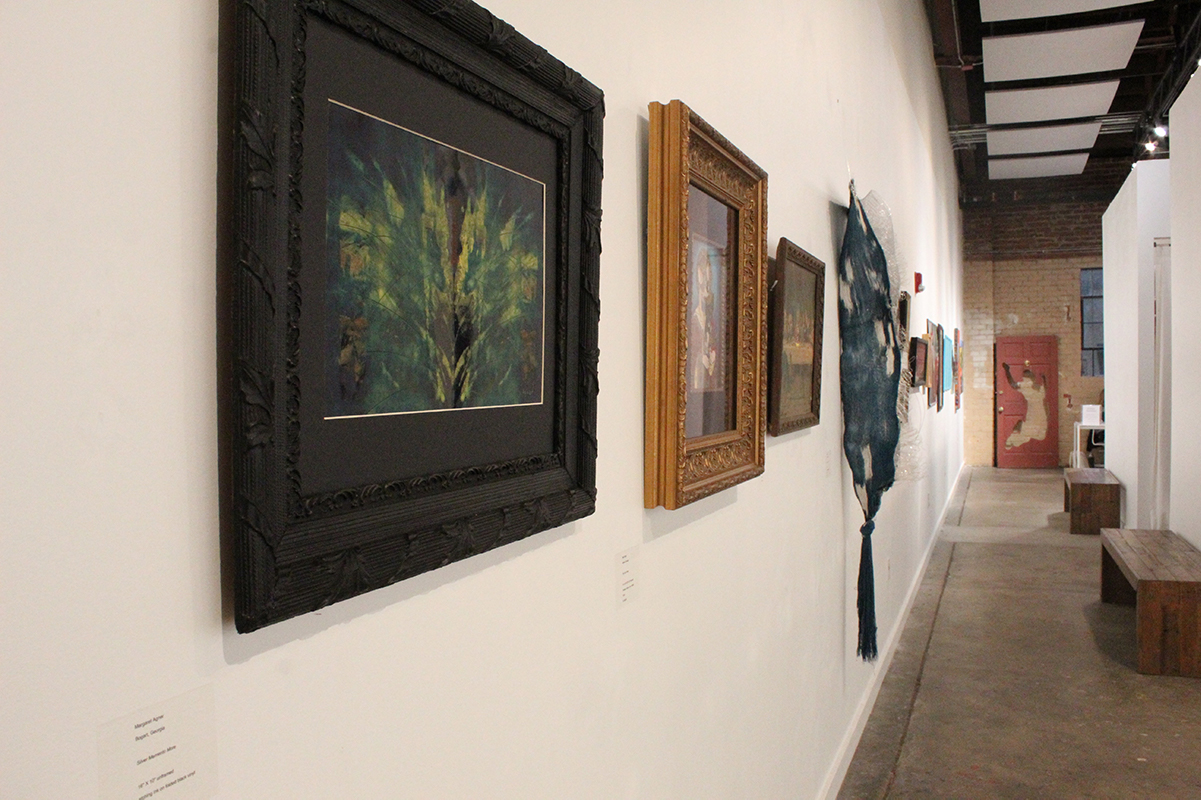



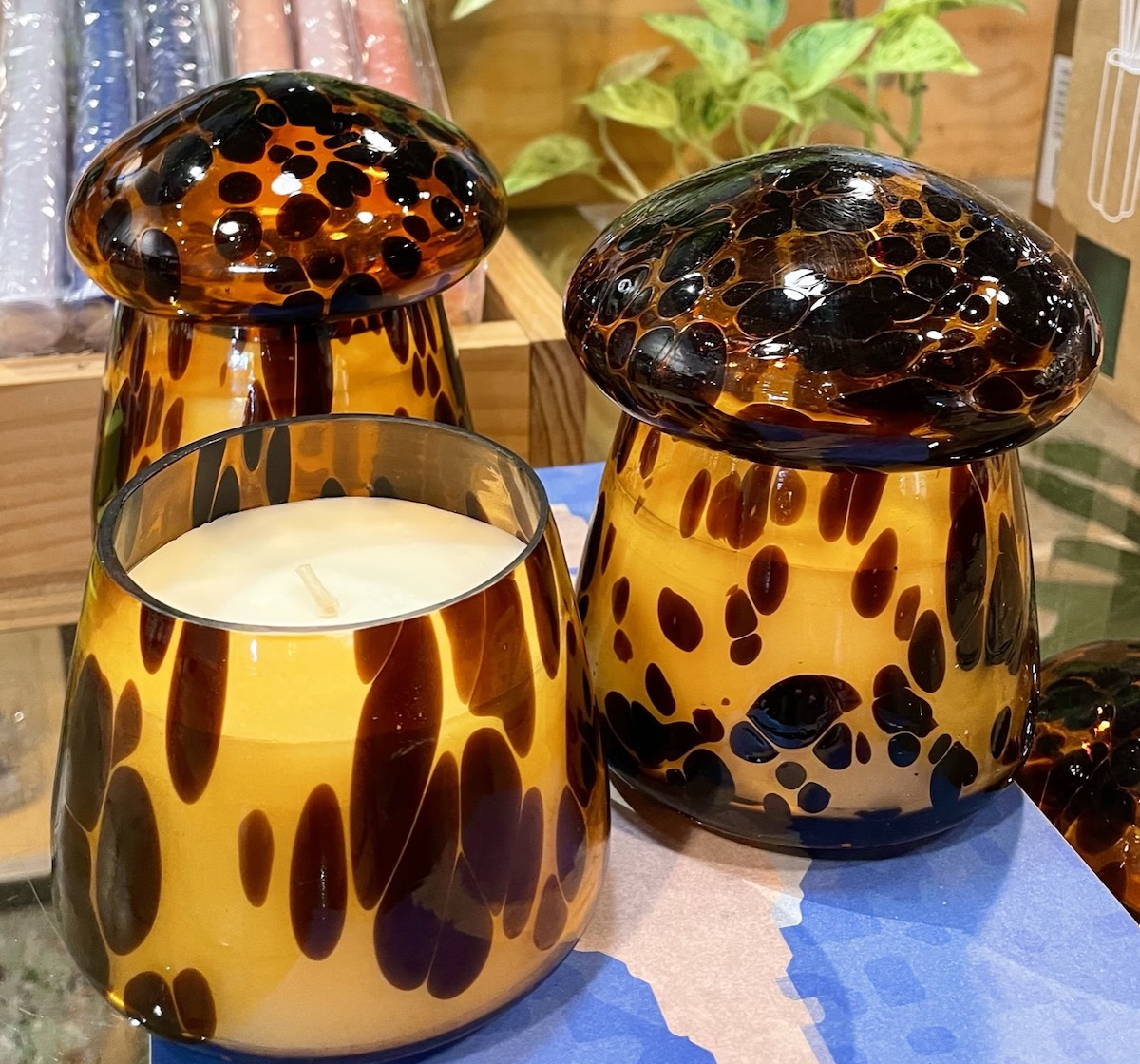
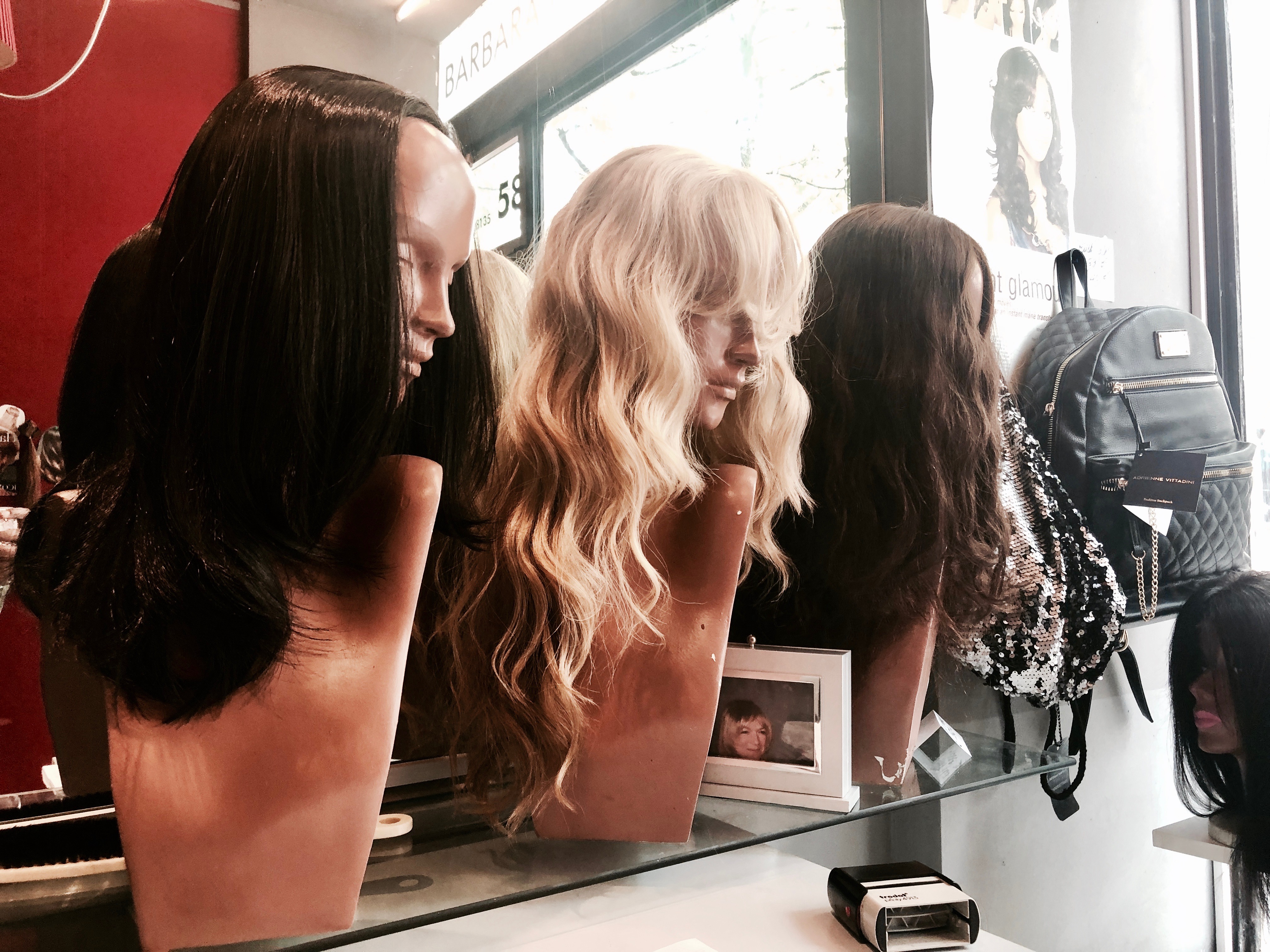

Show Comments (0)